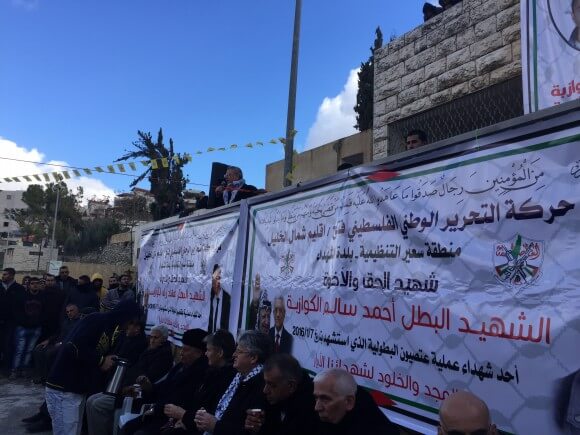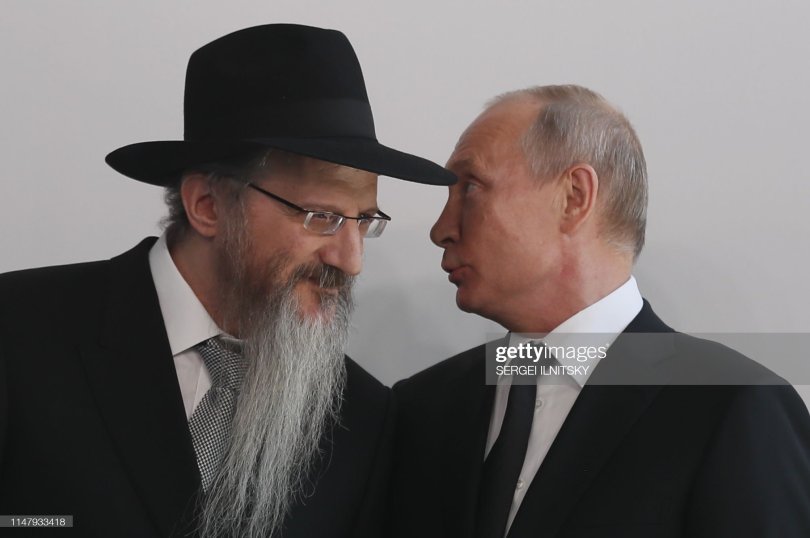http://mondoweiss.net/2015/10/executed-arshid-hebronYesterday the village of Sa’ir in the West Bank buried four of its sons. The four young men were all shot to death by Israeli soldiers within an hour or so on Thursday night at two military checkpoints outside the village. The Israelis say that the young men were all trying to stab Israeli soldiers. And yesterday the village honored the young men’s passing with a large funeral in the center. We got there after the burial and during the wake. About 1000 people were in the courtyard of an elementary school as the young men were remembered. Their photographs were on huge weather-proof posters draped from the roof of the school. Their names were Ahmad Kawazba, Alaa Abed Kawazba, Muhannad Kawazba, and Khalil al-Shalalda. They were 21, 20, 17, and 16. In the pictures they looked like boys. Their faces were young and open. The people at the wake also looked completely ordinary. Just members of the community. Teachers and shopowners and farmers.
We were late because the village is under siege, and virtually blockaded. The roads connecting it directly with the city of Hebron just to the southwest were blocked with huge concrete cubes or with bulldozed rubble. The Israeli occupying forces are punishing the village (of 25,000) for the fact that many of its young men have died in the uprising of stabbings that have taken place since October. The four young men on Thursday night were the 7th, 8th, 9th and 10th “martyrs,” as people in the village call them. The first martyr was Raed Jaradat. His poster is in the middle of town too, and shows a dapper man in a red tuxedo, evidently from a festive occasion. Next to his picture on the same big poster is a photograph of Dania Ershaid, 17, lying on the ground killed in Hebron—earlier in the same uprising. Jaradat wrote on his Facebook page, “Imagine this girl is your sister. What are you going to do?” After that he tried to stab a soldier. My guides told me that Jaradat didn’t know Ershaid, but he gave his life to protest her killing.
There were a great number of Palestinian reporters in Sa’ir when we were there. But we did not see any western press. Actually there was one, a carrot-topped kid of 25, taking notes furiously. Setting out (I fervently hope) on a great career.
We also did not see western dignitaries. No ambassadors, let alone higher officers. Four young men are killed within an hour or so from the same village– and it does not register in officialdom. Because the young men are classified as terrorists. Even though international law says that people under occupation are allowed to resist the occupier. And the people of Sa’ir have known occupation for almost 50 years and it limits their lives in countless ways. They can’t walk into Hebron any more. They say they are caged.
The cage is even more obvious a few miles away in downtown Hebron. Israel has responded to the wave of attacks by replacing a trailer that was a checkpoint at the top of Shuhada Street with a huge steel-grid cage that goes up three stories and has very modern turnstiles that keep more than one person from getting in at the same time and allow the soldiers to address the civilians through heavy glass. This is checkpoint 56. Several attacks were undertaken by youths who live in the enclosed neighborhood. That’s the logic behind the barrier.
As we stood and observed it, a doctor in a hat and long black coat waited for the light so he could go through the turnstile and turned to us and said, with restrained rage, “This is a ghetto. We live in a ghetto.”
To get into the ghetto, the doctor must give the soldiers a number and they look it up on a registry to see if he is a legitimate resident of the Tel Rumeida section. We managed to get into a shoemaker’s house at the edge of the neighborhood by crawling under the concertina wire that had been lazily tied to his fence. Imad Abu Shamssih told us he is number 247. He gives the soldiers that number and they look it up, and let him in.
The shoemaker’s son was shot recently during clashes. He survived. It seems that the father honors his son, whatever he did. As he hammered at soles on a workbench, this skinny Gepetto told us that his crumbling house across the street from a Jewish settlement that wants to move on to his land is the address the Palestinian nation, and nothing will get him to leave. Palestinians all said that is what the Israelis want: they want these Palestinians to leave so the Zionist settlers throughout Hebron and to the east near Sa’ir can expand their holdings. Lands promised to Jews in the Bible. When I asked Imad Abu Shamssih what it would take to end the occupation, I thought he was going to talk about the Europeans or Americans or U.N. He didn’t. He said, Our steadfastness and resistance will end it. When we left Adam said he was saying that it will happen in his son’s lifetime, not his.
At the wake for the boys, Mustafa Barghouti, the Palestinian legislator, said the same thing. The people of Sa’ir demonstrate the strength of Palestinian resistance. We will never accept occupation and the theft of our lands, he said. Never.

Mustafa Barghouti addresses the wake following the funeral of (Photo: Adam Horowitz)
It was tragic to me as an American that no State Department official or reporter for the New York Times was in town when the four sons of Sa’ir were buried. Let alone any cable station. The tragedy—for my country, for our foreign policy and ideas about the world — is that Americans don’t understand the depth of Palestinian resistance. Ordinary doctors and teachers and farmers with shiny or scuffed shoes, in old leather jackets or long formal wool ones — they were all calmly gathered at the elementary school to condole the family and also stand to the side and exchange a bit of news. Boys brought round boxes of dates and thimble sized paper cups of coffee. The village has paid a terrible price for its reisstance to occupation, but the people were saying in a calm way that if this is the price we must pay we will pay it, and pay it again, and again. These people are very serious and they would seem to represent the broad mainstream of their society. The doctor who resents the humiliation of young soldiers at the ghetto gate can afford to move out but he refuses to let a biblical settler come in and take his house. I am sure my little town in New York would adopt the same policy toward an occupier, but it would take decades to develop the calm dedicated attitude that Sa’ir has attained. I heard no wailing or outbursts. This must be the attitude that Jodi Rudoren of the New York Times misunderstood when she said that Palestinians are “ho-hum” about their children’s deaths. They’re not ho-hum. They just understand that this is their struggle, unassisted by the sympathy of the western media.
I wish that Americans could see this up close and feel the mood of calm and determination. Myself, I thought that I was seeing the end of Zionism. The ideology that has colonized the land for Jews for 100 years and more, in often idealistic and utopian ways that has attracted Jewish support– it has never been able to deal with the most fundamental problem facing it: that half the people under its governance do not accept it. These people are even willing to see their children killed and still won’t accept it. Governments aren’t divine instruments, they’re bodies that people put together and accept and participate in out of a sense that they bring order; and if the people don’t accept it the government has no legitimacy. The people of Sa’ir don’t accept their government, and people told me this refusal is the same all over Palestine. And again: they don’t look like terrorists, they look like the solid beams of the society, the high school principal and the pharmacist and the cop and the electrician. I don’t see how anyone observing this degree of resistance could say that the Jewish state has legitimacy. It has tried everything in an effort to compel Palestinian acceptance; but never come up with a workable answer to this constitutional problem. And the problem just gets worse and the world slowly wakes up. (Carrot top!) When our leaders say the status quo is unsustainable that is a polite way of saying, It lacks legitimacy. And yes I wished the leaders of American Zionist organizations, who have such complete freedom of movement and whose sons are going to good colleges, could see Sa’ir for a minute or two: row after row of men seated in folded chairs in the primary school courtyard, respectful and quiet and serious, honoring boys of 20 who were willing to sacrifice their lives to try and bring freedom to the community. Then they might see the graveyard of the project they support. It has no answer to this. It has all the power but no confidence, no feeling of security. In Sa’ir you see that the people of Sa’ir are stronger than the Israelis.
Up on the hilltop the young had moved on from the funeral to hurl rocks at the jeeps far below at the blockade. Ambulances were flying through the streets to a shabby little clinic there, bringing the latest victims.
Source Article from http://mondoweiss.net/2016/01/the-sons-of-sair
Related posts:
Views: 0
 RSS Feed
RSS Feed

















 January 10th, 2016
January 10th, 2016  Awake Goy
Awake Goy 


 Posted in
Posted in  Tags:
Tags: 
















